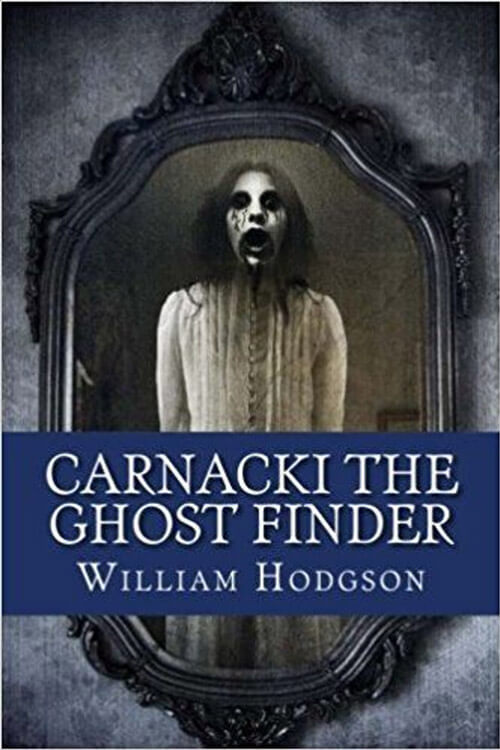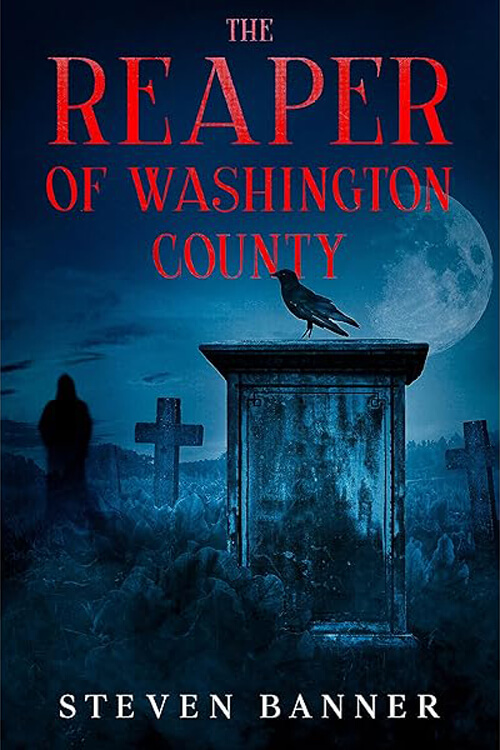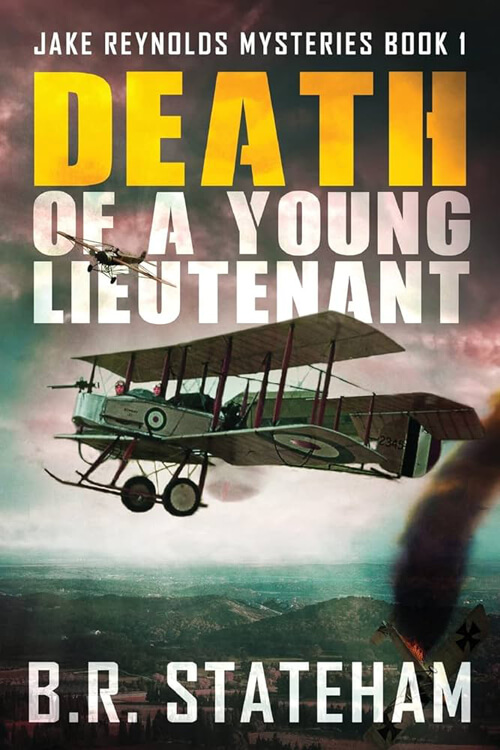
Carnacki, The Ghost Finder
“Two days later, I drove to the house late afternoon. I found it an ancient place, standing quite alone on its grounds. I saw Anderson had left a letter with the butler, pleading excuses for his absence and leaving the whole house at my disposal for my investigations. The butler knew the object of my visit, and I questioned him pretty thoroughly during dinner, which I had rather lonely. He is an old and privileged servant with a detailed Grey Room history. From him, I learned more particulars regarding two things that Anderson had mentioned in but a casual manner. The first was that the door of the Grey Room would be heard in the dead of night to open and slam heavily, even though the butler knew it was locked and the key on the bunch was in his pantry. The second was that the bedclothes would always be found torn off the bed and hurled in a heap into a corner.
“But it was the door slamming that chiefly bothered the old butler. Many times, he told me, had he lain awake and just shivered with fright, listening, for sometimes the door would be slammed time after time—thud! Thud! Thud!—so that sleep was impossible.
“From Anderson, I knew already that the room had a history extending back over a hundred and fifty years. Three people had been strangled in it—an ancestor of his and his wife and child. This is authentic, as I had taken great pains to discover; so you can imagine it was with a feeling I had a striking case to investigate that I went upstairs after dinner to look at the Grey Room.
“Peter, the old butler, was in rather a state about my going and assured me with much solemnity that in all the twenty years of his service, no one had ever entered that room after nightfall. He begged me, in quite a fatherly way, to wait till the morning, when there would be no danger, and then he could accompany me.
“Of course, I smiled a little at him and told him not to bother. I explained that I should do no more than look ’round a bit and, perhaps, affix a few seals. He need not fear; I was used to that sort of thing. But he shook his head when I said that.
“‘There aren’t many ghosts like ours, sir,’ he assured me with mournful pride. And, by Jove! he was right, as you will see.
“I took a couple of candles, and Peter followed with his keys. He unlocked the door but would not come inside with me. He was evidently in a fright, and he renewed his request that I would put off my examination until daylight.
Read or download Book
William Hope Hodgson
William Hope Hodgson (15 November 1877 – 19 April 1918) was an English author.
Biography.
He produced a large body of work, consisting of essays, short fiction, and novels, spanning several overlapping genres including horror, fantastic fiction, and science fiction. Hodgson used his experiences at sea to lend authentic detail to his short horror stories, many of which are set on the ocean, including his series of linked tales forming the “Sargasso Sea Stories”. His novels, such as The House on the Borderland (1908) and The Night Land (1912), feature more cosmic themes, but several of his books also focus on horrors associated with the sea. Early in his writing career Hodgson dedicated effort to poetry, although few of his poems were published during his lifetime. He also attracted some notice as a photographer and achieved renown as a bodybuilder. He died in World War I at age 40.
Early years and life at sea
Hodgson was born in the hamlet of Blackmore End near Braintree in Essex, the son of the Reverend Samuel Hodgson, an Anglican priest, and Lissie Sarah Brown. He was the second of 12 children, three of whom died in infancy. The death of a child is a theme in several of Hodgson’s works including the short stories “The Valley of Lost Children”, “The Sea-Horses”, and “The Searcher of the End House”. Hodgson’s father was moved frequently and served 11 different parishes in 21 years, including one in Ardrahan, County Galway, Ireland. This setting was later featured in Hodgson’s novel The House on the Borderland. Hodgson ran away from his boarding school at age 13, to become a sailor. He was caught and returned to his family, but eventually received his father’s permission to be apprenticed as a cabin boy and began a four-year apprenticeship in 1891. Hodgson’s father died shortly thereafter of throat cancer, leaving the family impoverished; while William was away, the family subsisted primarily on charity. After his apprenticeship ended in 1895, Hodgson began two years of study in Liverpool and was then able to pass the tests and receive his mate’s certificate; he then began several more years as a sailor. At sea, Hodgson experienced bullying. This led him to start a personal training program. According to Sam Moskowitz.
Most famous works
Hodgson is most widely known for two works. The House on the Borderland (1908) is a novel in which H. P. Lovecraft, in his extended essay “Supernatural Horror in Literature”, wrote, “But for a few touches of commonplace sentimentality [it] would be a classic of the first water”. The Night Land (1912) is a much longer novel, written in an archaic style and expressing a somber vision of a sunless far-future world; Lovecraft described it as “one of the most potent pieces of macabre imagination ever written”. These works both contain elements of science fiction, although they also partake of horror and the occult. According to critical consensus, in these works, despite his often laboured and clumsy language, Hodgson achieves a profound power of expression that focuses on a sense not only of terror but also of the ubiquity of potential terror, of the thinness of the invisible boundary between the world of normality and an underlying, unaccountable reality for which humans are not suited. The Ghost Pirates (1909) has less of a reputation than The House on the Borderland, but is a compelling seafaring horror story of a ship attacked and ultimately dragged down to its doom by supernatural creatures. The book purports to be the spoken testimony of the sole survivor, and the style lacks the pseudo-archaism that makes The Boats of the “Glen Carrig” (1907) and The Night Land tedious reading for many.
Hodgson is also known for his short stories featuring recurring characters: the “detective of the occult” Thomas Carnacki, and the smuggler Captain Gault. The Carnacki story “The Whistling Room” has been reprinted in numerous anthologies, including collections introduced by Alfred Hitchcock. Hodgson’s single most famous short story is probably “The Voice in the Night” (1907), which has been adapted for film twice. Another story is regarded highly by critics as “The Shamraken Homeward-Bounder”.
Hodgson’s work is said to have influenced H.P. Lovecraft, even though Lovecraft did not read his works until 1934. In a 2009 essay, China Miéville traces the origin of “the tentacle” as an object of horror to Hodgson’s The Boats of the “Glen Carrig”, but M. R. James had already used the motif in “Count Magnus”, which Lovecraft first read shortly before employing the motif.






